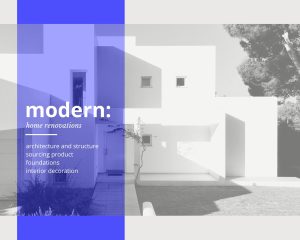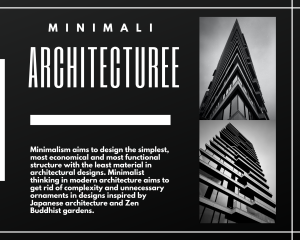Interior design and architecture go hand in hand. While architecture is concerned with the design and construction of buildings, interior design is concerned with the layout, decoration, and function of the spaces within those buildings. The two disciplines are closely related, as the interior design of a building can greatly affect its overall functionality and aesthetic appeal.
One of the key goals of architecture is to create functional spaces that meet the needs of the people who will use them. This involves careful planning and consideration of factors such as the purpose of the building, the number of people who will use it, and the available resources. Architects work to create buildings that are both functional and aesthetically pleasing, taking into account factors such as the building’s surroundings, the materials available for construction, and the budget available for the project.
Once the architecture of a building has been determined, the interior design process can begin. Interior designers work to create spaces that are functional, comfortable, and visually appealing. They take into account the needs of the people who will use the space, as well as the overall aesthetic of the building. Interior designers also consider factors such as lighting, color, and texture to create a cohesive and inviting environment.
One of the key challenges of interior design is creating functional and aesthetically pleasing spaces. This involves finding a balance between form and function, and ensuring that the space is both visually appealing and easy to use. Interior designers must also take into account the specific needs of the people who will use the space, such as the need for storage, privacy, or accessibility.
One of the key trends in interior design and architecture in recent years has been the focus on sustainable design. This involves using environmentally friendly materials and designing buildings that are energy efficient and minimize waste. Sustainable design benefits the environment and can lead to cost savings over time as the building uses less energy and requires less maintenance.
Another trend in interior design and architecture is the use of technology. This can include everything from smart home systems to virtual reality tools that allow designers to visualize and test their designs before construction begins. Technology can help designers create more efficient and effective spaces while enhancing the user experience.
In conclusion, interior design and architecture are closely related disciplines that work together to create functional, aesthetically pleasing, and sustainable spaces. Both disciplines require careful planning and consideration of factors such as the purpose of the building, the needs of the people who will use it, and the available resources. By working together, architects and interior designers can create spaces that are not only beautiful, but also functional and sustainable.






